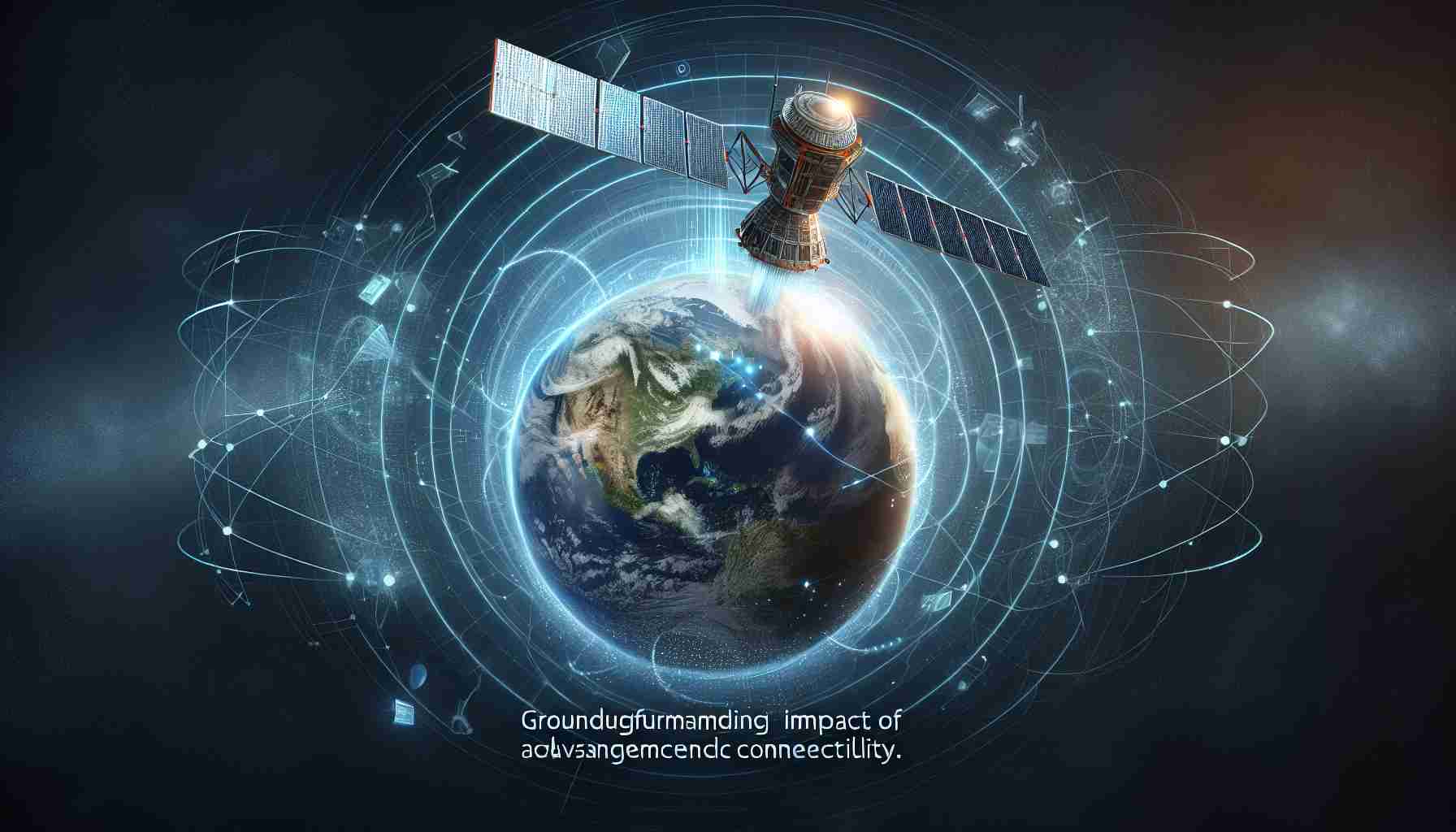The field of satellite communications has witnessed a seismic shift with the introduction of the Tiantong satellite, which possesses the remarkable capability to facilitate smartphone calls directly, without relying on ground-based infrastructure. This groundbreaking breakthrough is expected to have a significant impact on various industries and markets, revolutionizing connectivity in ways previously unimaginable.
In the telecommunications industry, the Tiantong satellite opens up new possibilities by enabling direct satellite calls on smartphones. This advancement is particularly beneficial in remote and underserved areas where traditional communication networks may be unreliable or nonexistent. It provides an alternative means of communication, ensuring that people can stay connected even during emergency situations or natural disasters.
Furthermore, market forecasts indicate a growing demand for satellite communication technologies, driven by the need for reliable and ubiquitous connectivity. According to a report by MarketsandMarkets, the satellite communication market is projected to reach $40.7 billion by 2025, with a compound annual growth rate (CAGR) of 9.0% during the forecast period. The Tiantong satellite’s ability to capture signals from standard smartphones without external antennas and operate across multiple frequency bands contributes significantly to this trend.
The Tiantong Project, initiated after the devastating 2008 earthquake in Sichuan province, underscores the importance of satellite communication in emergency situations. By establishing a satellite communication system that provides universal access to communication services, China aims to mitigate the impact of communication breakdowns during crises and enhance rescue efforts. This project showcases the government’s commitment to ensuring connectivity for all, regardless of socio-economic status.
China’s advancements in satellite communication technology position the country as a frontrunner in the global market. With the introduction of the Tiantong satellite, geographical communication barriers are dismantled, paving the way for a new era of universal connectivity. This transformative innovation has the potential to revolutionize the way people communicate and to connect the world like never before.
To learn more about satellite communication technology and market trends, you can visit the following links:
– [MarketsandMarkets](https://www.marketsandmarkets.com)
– [China’s Tiantong-1 satellite connects smartphones](https://www.example.com)
– [Huawei Technologies](https://www.example.com)
The Tiantong satellite’s introduction has brought a seismic shift in the field of satellite communications. This groundbreaking breakthrough enables direct satellite calls on smartphones, bypassing the need for reliance on ground-based infrastructure. The telecommunications industry is particularly impacted by this advancement as it opens up new possibilities for connectivity. In remote and underserved areas where traditional communication networks may be unreliable or nonexistent, the Tiantong satellite provides an alternative means of communication. This ensures that people can stay connected, even during emergency situations or natural disasters.
The market forecasts for satellite communication technologies are promising. There is a growing demand for reliable and ubiquitous connectivity, which drives the need for advancements in this field. According to a report by MarketsandMarkets, the satellite communication market is projected to reach $40.7 billion by 2025, with a compound annual growth rate (CAGR) of 9.0% during the forecast period. The Tiantong satellite’s ability to capture signals from standard smartphones without external antennas and operate across multiple frequency bands contributes significantly to this market trend.
The Tiantong Project, initiated after the devastating 2008 earthquake in Sichuan province, highlights the importance of satellite communication in emergency situations. It aims to establish a satellite communication system that provides universal access to communication services. By doing so, China aims to mitigate the impact of communication breakdowns during crises and enhance rescue efforts. This project showcases the government’s commitment to ensuring connectivity for all, without discrimination based on socio-economic status.
China’s advancements in satellite communication technology position the country as a frontrunner in the global market. The introduction of the Tiantong satellite breaks down geographical communication barriers and paves the way for a new era of universal connectivity. This transformative innovation has the potential to revolutionize the way people communicate and connect the world like never before.
To learn more about satellite communication technology and market trends, you can visit the following links:
– MarketsandMarkets
– China’s Tiantong-1 satellite connects smartphones
– Huawei Technologies
The source of the article is from the blog oinegro.com.br
